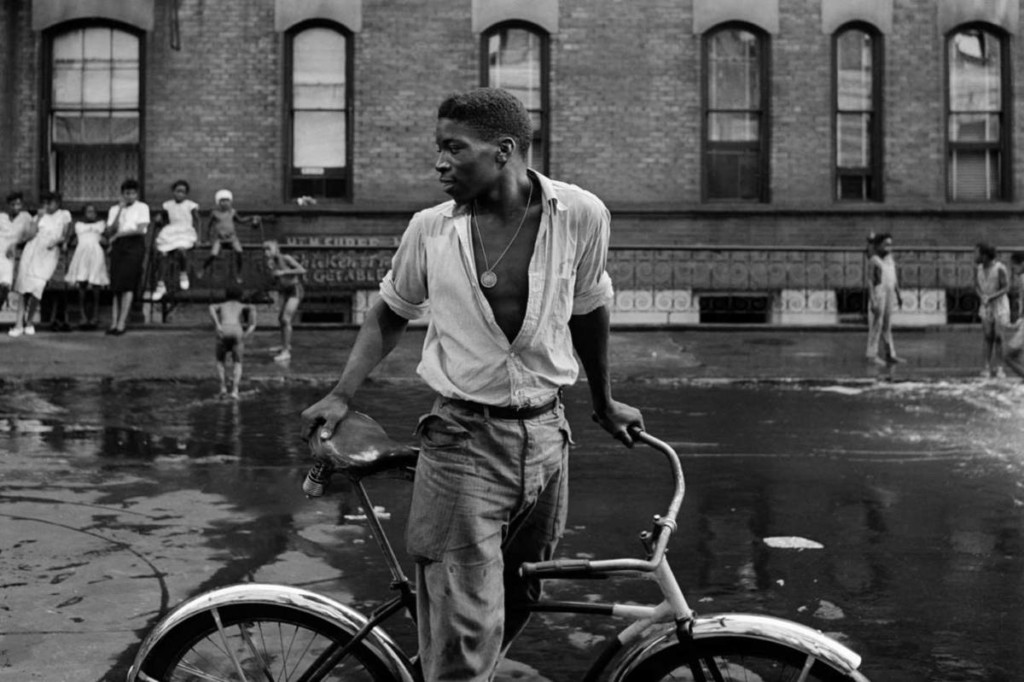8 Simple Techniques For Framing Streets
8 Simple Techniques For Framing Streets
Blog Article
The smart Trick of Framing Streets That Nobody is Talking About
Table of ContentsThe 7-Second Trick For Framing StreetsThe smart Trick of Framing Streets That Nobody is DiscussingWhat Does Framing Streets Do?The Ultimate Guide To Framing StreetsHow Framing Streets can Save You Time, Stress, and Money.The 7-Second Trick For Framing Streets
Digital photography genre "Crufts Pet Program 1968" by Tony Ray-Jones Street photography (also in some cases called candid digital photography) is photography performed for art or inquiry that includes unmediated possibility experiences and arbitrary cases within public places, typically with the objective of catching images at a decisive or poignant minute by cautious framing and timing. 
Framing Streets for Beginners
Susan Sontag, 1977 Road photography can concentrate on individuals and their behavior in public. In this respect, the road digital photographer resembles social documentary professional photographers or photojournalists that also operate in public locations, however with the aim of catching newsworthy events. Any one of these digital photographers' photos may catch individuals and residential or commercial property visible within or from public places, which typically requires browsing honest problems and regulations of privacy, security, and property.
Representations of day-to-day public life develop a category in practically every duration of world art, starting in the pre-historic, Sumerian, Egyptian and early Buddhist art periods. Art dealing with the life of the street, whether within sights of cityscapes, or as the dominant concept, shows up in the West in the canon of the North Renaissance, Baroque, Rococo, of Romanticism, Realism, Impressionism and Post-Impressionism.
Top Guidelines Of Framing Streets
Louis Daguerre: "Blvd du Temple" (1838 or 1839) In 1838 or 1839 the very first photograph of figures in the road was recorded by Louis-Jacques-Mand Daguerre in one of a pair of daguerreotype sights taken from his studio window of the Boulevard du Temple in Paris. The second, made at the elevation of the day, shows an uninhabited stretch of road, while the other was taken at regarding 8:00 am, and as Beaumont Newhall reports, "The Blvd, so constantly loaded with a relocating crowd of pedestrians and carriages was perfectly solitary, other than a person that was having his boots combed.
, that was inspired to carry out a similar documents of New York City. As the city established, Atget aided important source to advertise Parisian roads as a deserving subject for photography.

The Best Strategy To Use For Framing Streets
Martin is the very first videotaped photographer to do so in London with a masked video camera. Mass-Observation was a social research organisation established in 1937 which intended to videotape daily life in Britain and to record the reactions of the 'man-in-the-street' to King Edward VIII's abdication in 1936 to wed divorce Wallis Simpson, and the sequence of George VI. In between 1946 and 1957 Le Groupe des XV each year exhibited work of this kind. Andre Kertesz. Circus, Budapest, 19 May 1920 Road photography created the significant web content of 2 exhibits at the Museum of Modern Art (Mo, MA) in New York curated by Edward Steichen, 5 French Digital Photographers: Brassai; Cartier-Bresson, Doisneau, Ronis, Izis in 1951 to 1952, and Post-war European Photography in 1953, which exported the idea of road photography globally.

The Facts About Framing Streets Revealed
, after that a teacher of young kids, connected with Evans in 193839.'s 1958 book,, was significant; raw and frequently out of focus, Frank's photos examined traditional digital photography of the time, "tested all the formal regulations laid down by Henri Cartier-Bresson and Pedestrian Evans" and "flew in the face of the wholesome pictorialism and genuine photojournalism of American publications like LIFE and Time".
Report this page